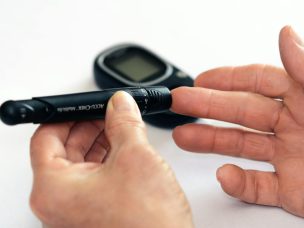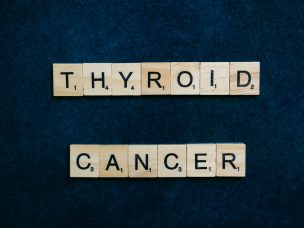THURSDAY, Sept. 17, 2020 (HealthDay News) — Insomnia may be a risk factor for type 2 diabetes, according to a study published online Sept. 8 in Diabetologia.
Shuai Yuan and Susanna C. Larsson, both from the Karolinska Institutet in Stockholm, conducted a systematic review to identify causal risk factors for type 2 diabetes. The Mendelian randomization analysis included summary-level data from the DIAbetes Genetics Replication And Meta-analysis consortium (74,124 type 2 diabetes cases and 824,006 controls of European ancestry). A replication analysis for potential causal associations used the FinnGen consortium (11,006 type 2 diabetes cases and 82,655 controls of European ancestry).
The researchers found causal associations between 34 exposures (19 risk factors and 15 protective factors) and type 2 diabetes. Insomnia was identified as a novel risk factor (odds ratio, 1.17). Eighteen other risk factors included depression, systolic blood pressure, smoking initiation, lifetime smoking, coffee (caffeine) consumption, plasma isoleucine, valine and leucine, liver alanine aminotransferase, childhood and adulthood body mass index (BMI), body fat percentage, visceral fat mass, resting heart rate, and four plasma fatty acids. A decreased risk for type 2 diabetes was associated with 15 exposures, including plasma alanine, high-density lipoprotein and total cholesterol, age at menarche, testosterone levels, sex hormone-binding globulin levels (adjusted for BMI), birth weight, adulthood height, lean body mass (for women), four plasma fatty acids, circulating 25-hydroxyvitamin D, and education years. When adjusting for adulthood BMI, eight associations remained significant. Twenty-one suggestive risk factors included alcohol consumption, breakfast skipping, daytime napping, short sleep, urinary sodium, and certain amino acids and inflammatory factors.
“Prevention strategies for type 2 diabetes should be considered from multiple perspectives on obesity, mental health, sleep quality, education level, birth weight, and smoking,” the authors write.










